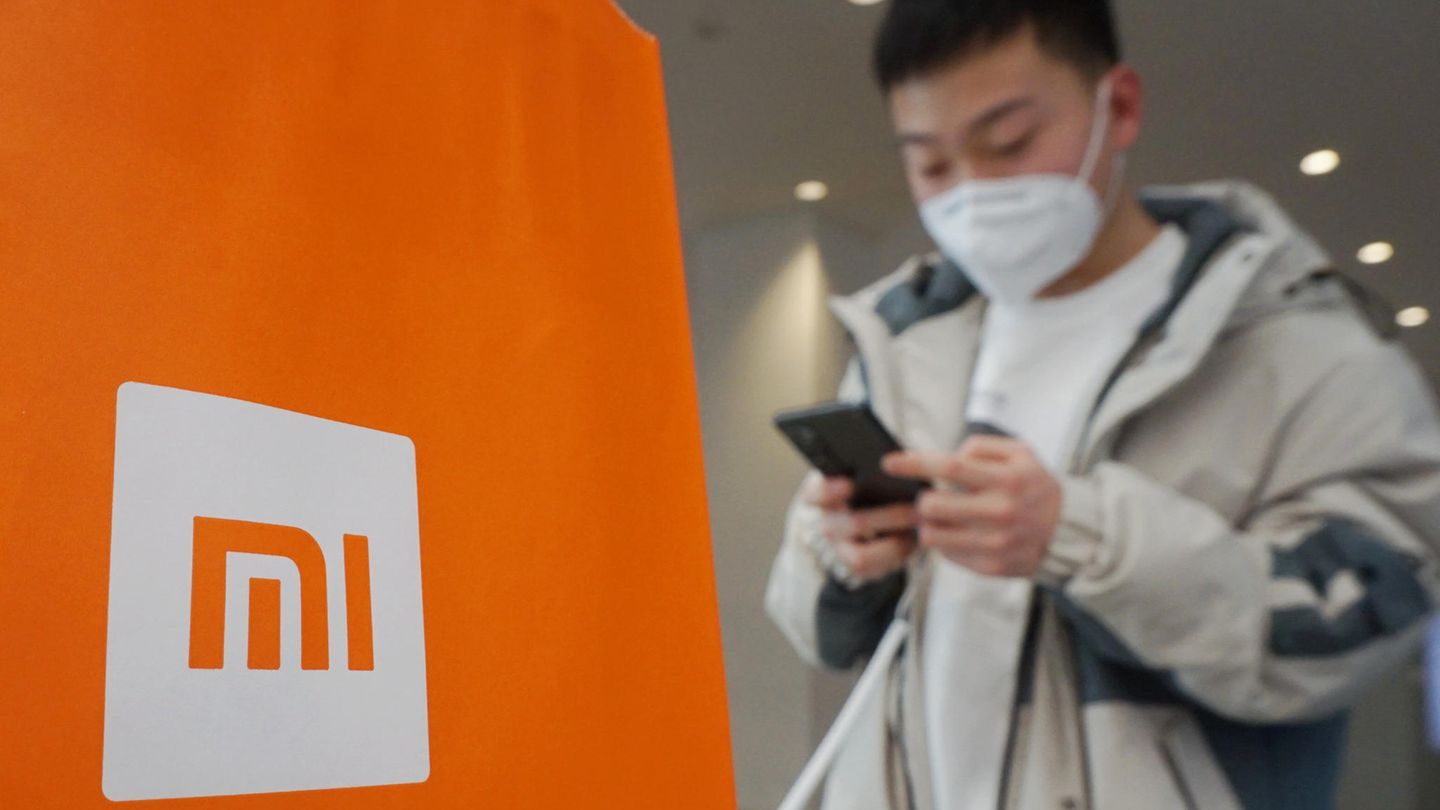For years, Huawei was considered the most likely candidate to one day overthrow the smartphone king Samsung from the throne. Now, with Xiaomi, another group from China has overtaken the ailing industry leader. Is it the turning point that it looks like?
It’s an impressive climb. Within just one year, Xiaomi doubled its smartphone sales – and in June achieved the top position on the smartphone market for the first time. The company managed to skillfully exploit the weaknesses of its competitors Samsung and Huawei. At Samsung, however, panic occurs.
The numbers speak for themselves: 17.1 percent of the smartphones sold worldwide came from Xiaomi in June, according to the analysts of “Counterpoint Research”; the group alone was able to sell a whopping 26 percent more devices than in the previous month. Samsung slumped from its usual 20 to only 15.7 percent market share, Apple with 14.3 percent is well above the summer months of recent years. This is the first time in its ten-year history that Xiaomi has secured the top sales.
Xiaomi on the rise
This is a shock to Samsung. So far, only two corporations have managed to temporarily oust the Koreans from the top. Apple mostly dominates the Christmas quarter with its iPhones, which are usually presented in September. Otherwise, only Huawei had managed to overtake Samsung in individual weak moments.
There are two main reasons why Xiaomi has now been able to reach the top: Huawei has shrunk to a shadow of itself as a result of the sanctions imposed by the US government, which were still decided under the then President Donald Trump and maintained under the current administration. At the same time, Samsung also struggled with a parts shortage. However, this is the result of a measure that was actually supposed to mitigate the damage caused by Corona: Last year, the company moved part of its production to Vietnam, now the Corona outbreak there is disrupting the production of Samsung’s successful mid-range A-series smartphones.

Huawei’s deep fall
Xiaomi has had an impressive rise. After the group has long scored points with very affordable devices, it now offers a device for almost every everyday use with a current portfolio of 58 current models, from very cheap to premium. At the same time, he cleverly used the gap that competitor Huawei had left. Although he continues to present devices, he can hardly deliver them. Due to the sanctions, the selection of parts is extremely limited and the production volume is low. This is noticeable in sales: While Xiaomi was able to increase its sales in the first quarter from 32 to 48 million units sold within one year by half, Huawei slumped from 49 million sales to only 15 million in the same period. The market share of the former giant is only four percent. For the second quarter, in which Xiaomi grew even faster, the analysts only list Huawei under further.
“Since Huawei’s decline, Xiaomi has pushed its constant and aggressive advance into the gap that it left,” says Counterpoint market researcher Tarun Pathak, explaining the rise. “The manufacturer has expanded into Huawei’s former markets such as China, Europe, the Middle East and Africa. In June, sales improved as the situation in China, Europe and India improved while Samsung struggled with constraints.”
Samsung is fighting
The analysts do not yet see Samsung in serious difficulties, they are convinced that the company should regain its old strength with a normalization of its production. This is also supported by the figures if you look at the entire quarter instead of a month. Both Counterpoint and Canalys’ competitors see Samsung at the top for the entire second quarter (19 percent market share with Canalys, 18 percent with Counterpoint). However, Xiaomi only comes close to the front-runner by just two percent and is clearly ahead of Apple. In a year-on-year comparison, that’s a gigantic leap: Last year, Samsung’s market share in the second quarter of 20 percent was twice as high as that of Xiaomi.
Samsung is therefore also dealing with the problem internally, reports the Korean news site “The Elec”. As a result, the Group has started an internal investigation into possible management errors. According to the site, this is always the case when a division of the Giga group falls short of expectations.
Weak point
Although the slump in sales of mid-range A-series devices has the greatest effect on Samsung’s market share, another series is likely to cause much more concern for the group: the premium models of the Galaxy S series have been selling significantly in recent years weaker than usual. According to a recent report, Samsung was only able to sell 13.5 million of its top models in the first six months. That is 20 percent less than the Galaxy S20 from last year and even 47 percent less than the Galaxy S10 from 2019.
The loss is also likely to hurt because the devices have significantly higher profit margins compared to the middle class. In addition, the premium models of the Galaxy Note series that would otherwise follow in summer have been discontinued this year. The folding smartphones offered instead, which Samsung sees as a new business of the future, have not yet achieved a sales volume that could compensate for the failure due to the high prices. New models are expected this week, and their pricing is likely to play a decisive role in the future success of the division. Xiaomi now also offers such devices.
David William is a talented author who has made a name for himself in the world of writing. He is a professional author who writes on a wide range of topics, from general interest to opinion news. David is currently working as a writer at 24 hours worlds where he brings his unique perspective and in-depth research to his articles, making them both informative and engaging.




